 12
12
A Walk Around Hiroshima Castle
Chantelle SilvaThe 1.5km path around Hiroshima Castle will take you on a scenic journey through time and provide you with beautiful 360 degree..

Hiroshima Castle, also known as Carp Castle, was originally built in the 1590s. It was destroyed by the atomic bomb along with the rest of the city in 1945 and rebuilt in 1958. Since then, it has also served as a museum of the history of Hiroshima before World War II The history of the castle itself, as well as Japanese castles in general, is clearly explained.
Hiroshima Castle's main keep will close on 22 Mar 2026, because the current construction does not meet modern earthquake safety standards.
As of mid-2025, discussions over any future reconstruction of the castle (e.g. a fully wooden but costly reconstruction) are ongoing.
Hiroshima Castle is a good example of a castle built on a plain in the center of a city as opposed to castles on hills and mountain tops. Its main tower is five stories high and its grounds are surrounded by a moat. Within the castle grounds there is also a shrine, some ruins and some reconstructed Ninomaru buildings (second circle of defense).
Following its restoration, the castle's main keep now serves as a historical museum that covers four floors, with an observation deck on the fifth floor.
This secondary defensive compound sits off the southern side of the castle grounds along the moat. View the restored gates, bridges and turrets. Free admission. Hours: 9:00 to 17:30 (Apr–Sept) or 16:30 (Oct–Mar)
In the evening, Hiroshima Castle can be seen lit up making for a beautiful sight and reflection in the surrounding moat.
Opened in March 2025, Hiroshima Castle’s new Sannomaru features restaurants, café, souvenir shop, and archery experiences, blending history with modern culture. A history museum is scheduled for 2026.
By train/streetcar: Hiroshima Castle is about a 10-minute walk north from the downtown area, including Kencho-Mae Station (Astram Line) or Kamiyacho-higashi stop (Hiroden streetcar).
Meipuru-pu sightseeing bus: The castle is also on the route for the Hiroshima sightseeing loop bus, Meipuru-pu, which starts from Hiroshima Station. The castle is a 6 minute ride and the second stop on the route.
By foot: The castle is about 10-15 minutes walk from both Peace Park and Shukkeien Garden. By foot, it can form part of an ideal day itinerary.
 12
12
The 1.5km path around Hiroshima Castle will take you on a scenic journey through time and provide you with beautiful 360 degree..

One of the main features of Hiroshima city, this reconstructed castle offers a glimpse into Hiroshima's feudal history.

Held annually on the vernal equinox, the Hiroshima Warmed Sake Festival allows visitors to sample a variety of local brews hea..

This festival is a food-lovers paradise, showcasing local food and drink from all 23 cities and towns across Hiroshima Prefecture...
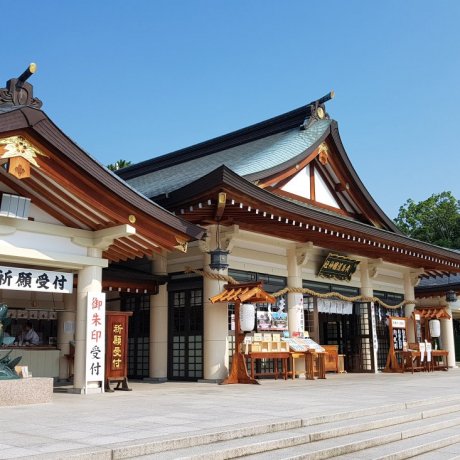
Located on the grounds of Hiroshima Castle, Hiroshima Gokoku Jinja (広島護国神社) is a Japanese Shinto Shrine in central Hiroshima City. "Gokoku" S..

Why Guest House Roku in Hiroshima is a great place for budget travelers looking to make friends

Chisun Hotel Hiroshima, centrally located in the downtown area, is a great place to stay if you're planning a visit to this..
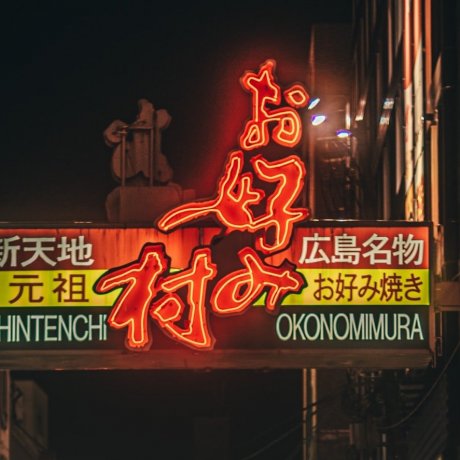
Okonomimura is a Hiroshima-style okonomiyaki theme park located in Shintenchi, Naka-ku, Hiroshima, near the east end of the Hondori shopping street. It..

Centrally located conveyor belt sushi restaurant serving quality fish and seafood direct from a local market at reasonable prices...

If you like Japanese dishes and love your vegetables, you will enjoy a meal at NonoBudou 野の葡萄 "Natural Garden Terrace"
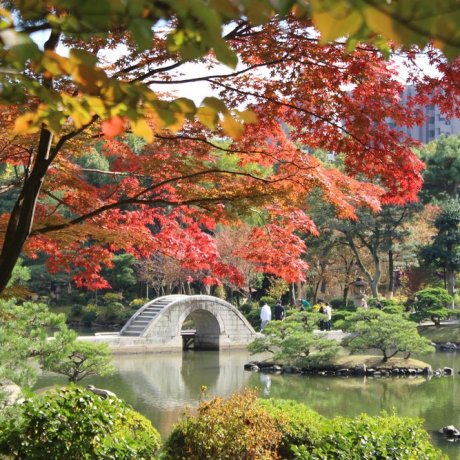
Shukkeien Garden, located in central Hiroshima City, is a traditional Japanese-style garden loved by visitors and locals alike. This natural oasis among..
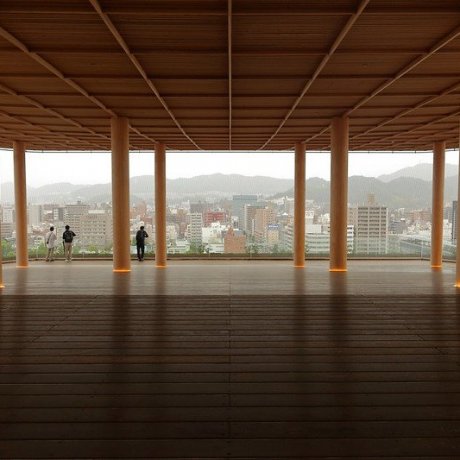
With its beautiful skylines and active waterways, Oizuru Tower offers its visitors a way to see all of that activity—day or night—unobstructed by..
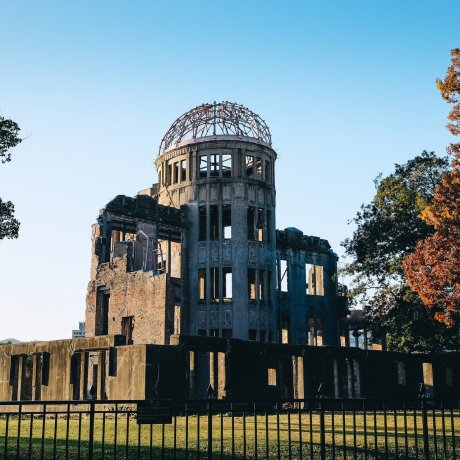
The Atomic Bomb Dome, or Gembaku Dome, was once the Hiroshima Prefectural Industrial Promotion Hall. On August 6th, 1945, the world’s first atomic bomb..
Your feedback has been sent.